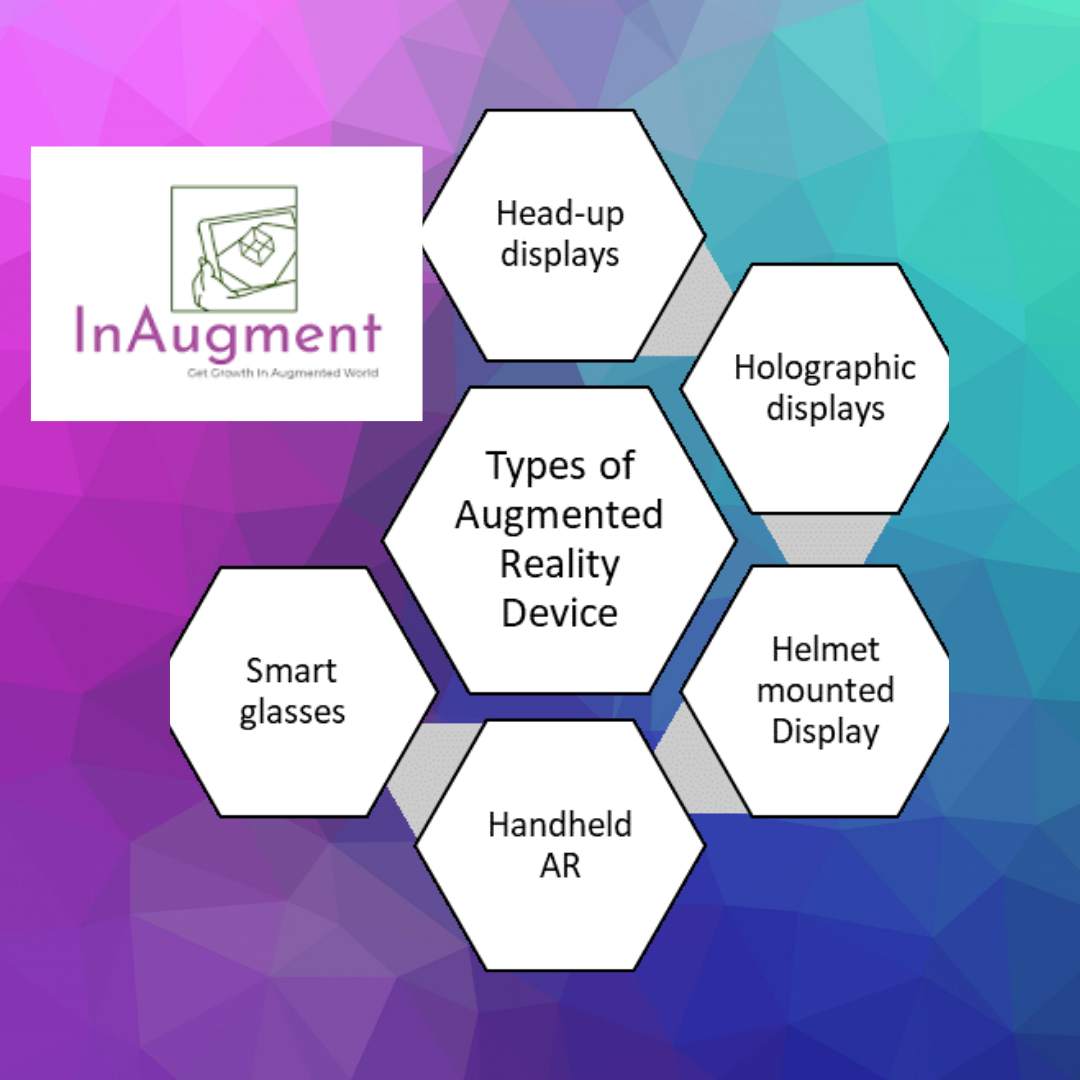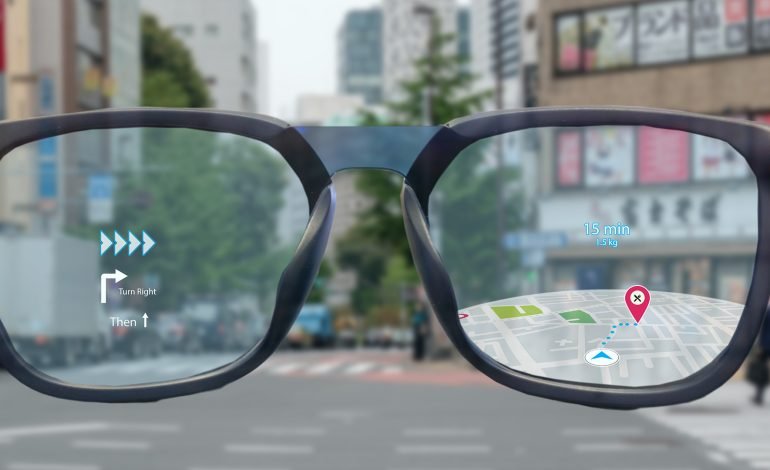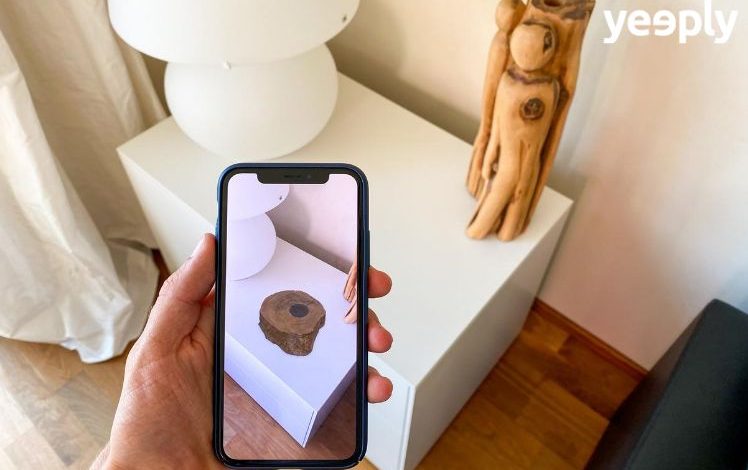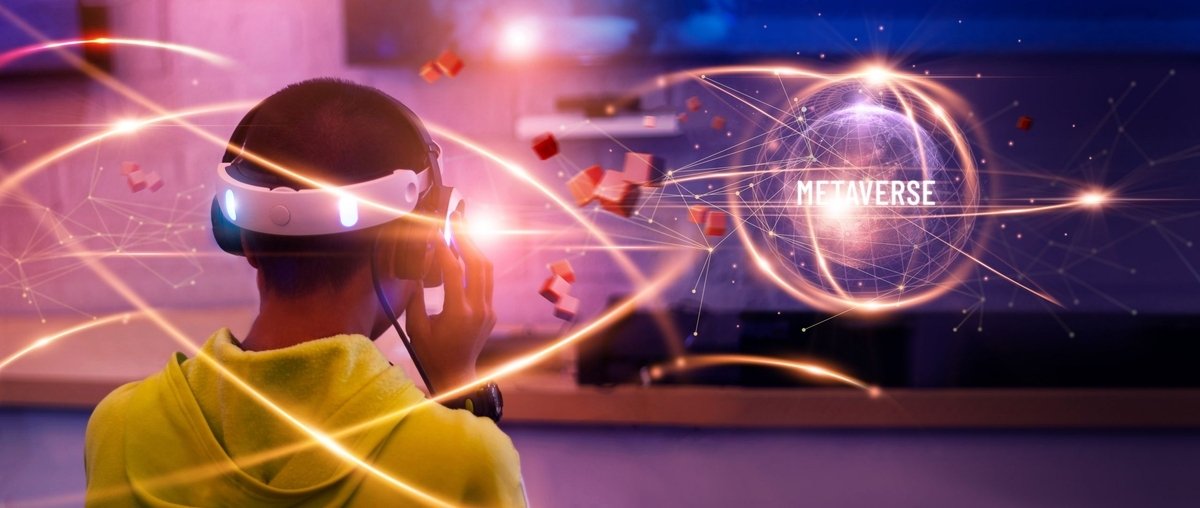Augmented Reality Glasses types: Getting acquainted with AR devices and glasses
Augmented Reality Glasses Types: Getting acquainted with AR devices and glasses
With Google introducing google glass, Augmented Reality glasses became a buzzing word. People were excited to pick up the glass and get the next level of experience. But, the company ceased google glass due to security and some other issues. To, reduce the disappointment of the masses, other tech players started working on this project, and then AR glass technology got huge empowerment. Since then the technology is still evolving and enriching the experience of users.
Augmented Reality glasses are one of the most innovative technology. If you do not know what is AR glasses you can check here. In this article, we will know, more about Augmented Reality glasses types. So, I am excited to help you get a better insight into Augmented Reality glasses. Hope you will enjoy reading it!
AR Glasses are introduced mainly for workplaces. The glass is developed for work professionals, surgeons, trainers. It helps to display the information present on phone, in front of the eyes view. Though most of the glass companies are still not releasing products for consumers’ use. we will be seeing types of Augmented Reality glasses types here. Before jumping to types of AR glasses let us know-
Types of augmented reality devices:

· Head-up Displays (HUD):
Head-up Displays project data from the user’s viewpoint. In Head-up Displays information is displayed on a transparent screen in the user’s field of view. HUDs are developed for pilots. It is difficult for the pilot to take the eyes from the front to the cockpit to see the information. HUD is designed to minimize the chance of accidents by enabling the pilot to continue seeing forward. Pilots using HUDs can put all their attention forward without worrying to look down for information.
A Head-Up Displays comprise of three components, a projector unit, a viewing glass, and a computer. The use of Head-Up Display has expanded from aviation to automobile. It helps the user by displaying the information in their line of sight. HUD is actively being used in the commercial as well as the corporate sector. This Augmented Reality Device is designed to help users drive safety. Using HUD users can know their external environment without moving their focus.

The head-up display used in aircraft (Image source)
· Holographic display:
Now, what do you mean by Holographic Displays? Well, Holographic displays use light diffraction to form a three-dimensional image in real-time space. Are you a fan of the Star Wars series or the iron man series? Well, these highly popular series with a huge fan base use Holographic Displays. Holographic display is highly popularized in science fiction.
Users do not need to carry any wearable to experience Holographic Displays. Here, a glass optic is placed at an angle to trick the user into merging physical objects and the 3D view. Now how does it happen? The glass optics creates an illusion and trick the brain to believe it as three-dimensional content.
Hologram display is used in industries where you need to display information in 3D. The technology makes the experience immersive and increases the emotion. The user can quickly absorb the selling points of the content. Holographic display is highly effective in the marketing and advertising sector.
· Helmet mounted displays:
Conceptually Head-up display and head-mounted displays align. But, the key difference is, in Helmet Mounted Display or HMD, the eye wearable of HUD is replaced by Helmet. This innovative device is crafted exclusively for the military aircraft industry majorly. It helps the pilot to know about the situation of the environment without losing focus. All the essential information such as altitude, angle of attack, airspeed, turn indicator and many more are displayed on the transparent screen. The information can be customized. HMD empowers pilots throughout the mission.
· Smart glasses:
Smart glasses are the most widely accepted Augmented Reality device. Smart glasses are the glasses that bring the content of your phone in front of your eyes and augment the vision. This wearable technology is marking major changes in the industry. We will smartly discuss smart glasses more later on. Read on!
· Handheld AR:
Handheld AR is though not exactly the AR device, but refers to an evolved AR technology. Handheld devices such as smartphones have applications that allow users to have an AR experience. The rise of handheld Augmented Reality has taken the technology to a whole new level.
List of Augmented Reality Glasses Types:
Though the innovation of smart glasses is getting lots of praise, the technology is yet not available for the masses. Well, for consumers it has become one of the most awaited AR innovations. Smartglasses bring the content present on a smartphone to a user’s field of view and gives more of a natural environment feel.
This eyewear technology is continuously evolving and has a lot of features to integrate. Tech players are prioritizing the training sectors. Businesses are able to get better solutions with the help of this wearable technology. Before the technology rolls out for the consumer, let us be pre-equipped with knowledge of different Augmented Reality glasses types:
· Monocular smart glasses:
In Monocular, ‘Mono’ means single and ‘ocular’ means lens. In Monocular glasses, the optical engine is placed on one of the lenses.Since the other eye is free you can use that to connect with the physical world. Some renowned examples of monocular smart glasses are Google glass, Lumus Sleek, Vuzix M300, etc. This Augmented Reality Glass types are widely used.
· Binocular smart glasses:
In Binocular smart glasses, the optical engines are placed on both of the lenses. The use of Binocular smart glasses is mostly limited to remote assistance. For example, in the oil and glass industry, Augmented Reality Glass types are being used. The developers are targeting the product to such enterprises.
· Audio Augmented Reality glasses:
Audio Augmented Reality glasses have smart sensors to connect the voice and GPS on the phone. This innovation is designed for the event industry to provide users better and immersive guide to the festival. The technology was used by Bose to offer an immersive experience to visitors of the Coachella Valley music and arts festival.
· Immersive smart glasses:
In these Augmented Reality Glasses types the sensor is fit to sense the environment and offer a natural experience. The most prominent example is the HoloLens developed by Microsoft.
Hope you enjoyed reading. If you have any queries or suggestions regarding Augmented Reality Glasses types do comment or contact.
REFERENCE: https://uxdesign.cc/augmented-reality-device-types-a7668b15bf7a
https://www.realfiction.com/how-it-works
https://www.baesystems.com/en-us/definition/what-is-a-helmet-mounted-display





